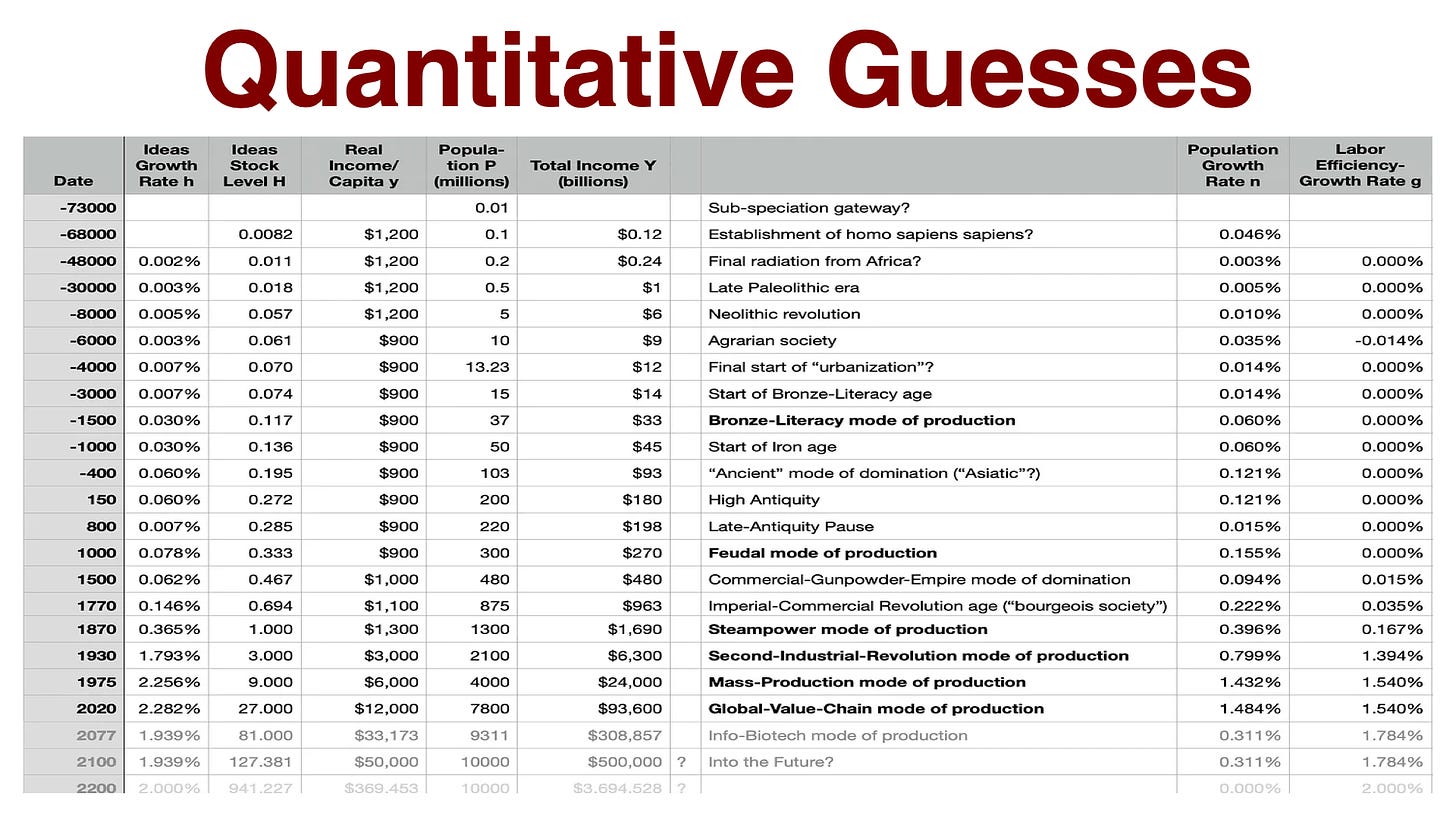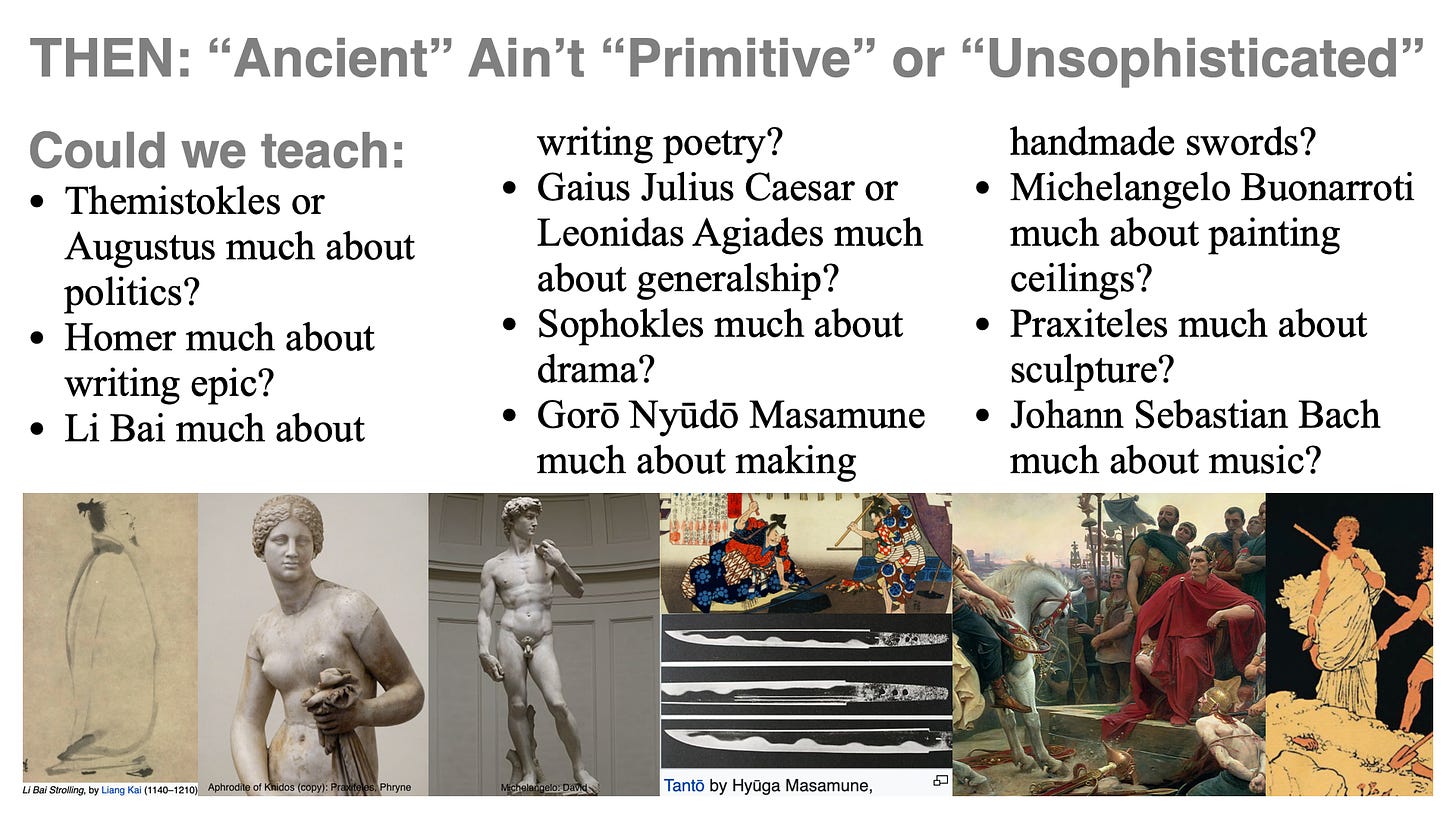A Woman Called "Toad": Mnesarete of Thespiai in Context: A Mode of Constrained Social Power in Classical Athens
Another thing I will have no time to teach in the fall. Kinda-sorta a review of Melissa Funke (2024). Phryne: A Life in Fragments. London: Bloomsbury Academic. <https://www.bloomsbury.com/us/phryne-9781350371873/>. Behind the paywall because I am unhappy with it, but really do not have any more time I can possibly afford to spend on it…
Well now, washed up just last week on some virtual island of Kythera as I was ambling on the virtual beach, a book I have very much wanted to read for years, but a book that I did not know that I wanted to read, and in fact a book that did not exist until February:
Though I must say if I were running the U.C. Berkeley Library I would invert the order of the categories: rather than “Nudity, Classical literature, Sex work, Prostitution, Women”, I would say “Women, Classical literature, Nudity, Sex work, Prostitution”.
Funke, Melissa. 2024. Phryne: A Life in Fragments. London: Bloomsbury Academic. https://www.bloomsbury.com/uk/phryne-9781350371873/.
Why have I wanted this book desperately, without knowing that I wanted it?
Back up.
I have a more-or-less standard lecture drawing a very sharp contrast between the 0.05%/year (yes, that is only 5% per century; that is a doubling time of 1400 years) typical economic growth rate of the pre-1500 Agrarian Age and the 2%/year (yes: that is eight-fold per century; that is a doubling time of less than 35 years) economic growth rate typical of our post-1870 Modern Economic Growth Age:
Recall our table of guesses of the overall state of the human economy—global population, average productivity and living standards, our rough-guess quantitative index H of the level of human technological competence in organizing nature and productively and coöperatively organizing ourselves (productively and coöperatively: our ability to dominate and exploit each other is another and different thing than “technology”, or so I define it), and the proportional rate h at which that rough-guess quantitative index grows—since well before the Dawn of History:
Orient yourself by focusing on the rate of growth of human technological competence back in the long pre-1500 Agrarian Age, which seems to have been on the order of 5% per century.
Puzzle about why: Given civilizational and cultural creativity and competence in pretty near everything else—it seems that that h might well have been different, and much higher. For the ancients were capable of astonishing feats of intellectual creativity. In rhetoric, would Barack Obama have much to teach Pericles and Demosthenes. In generalship, it certainly seems rather that Cæsar and Alexander would have had a great deal to teach William Westmoreland. In governance, our rulers and bureaucrats have a hard time matching Augustus and Trajan. In philosophy, Aristotle and Xeno. In sculpture does Rodin have anything over Praxiteles or Michelangelo? In literature—the finest play I have ever seen performed was a version of Sophocles’s Antigone, and my wife’s favorite movie is an adaptation of the comedies of Plautus. Outside of the pace of overall economic growth, and the level of scientific, technological, and engineering knowledge, the battle for superiority of the Ancients vs. Moderns still hangs in the balance. In essentials they were equal to us, for in essentials they are us.
But not in the rate of technology-driven economic growth.
And to underscore this point I have typically put up a slide:
One day I was looking at this slide of mine and noting: there are no women’s names on it.
In the histories written down in patriarchal societies, women do not typically show up as exemplars of world-class human excellence. But I thought should be able to do better. I asked myself: Who is the first woman I can think of from back in the Agrarian Age who was truly world-class along some dimension of human excellence and accomplishment?
And there she was, already staring back at me from the bottom of my slide: the Aphrodite of Knidos by Praxiteles; or, rather, Mnesarete of Thespiai. The name means “The Remembrance of Virtue”. She was the probable model for Aphrodite in this now-lost original but much copied Classical Greek statue by Praxiteles:
There is a poem about the statue. In the poem “Paphian Kythera” means “Aphrodite” (who was supposed to have emerged foam-born from the waves and came ashore at the island of Kythera, before then traveling to and setting up her cult at the port of Paphos on Cyprus).
Aphrodite is here taking a tourist visit to Knidos to see a statue of… herself:
Paphian Kythera came through the sea to Knidos, Wishing to look at her own image; Gazing at it in its spot open on every side, She uttered: “Where did Praxiteles see me naked?” Praxiteles did not look upon that which was not allowed, But the iron carved the Paphian as Ares would wish her.
What was the dimension of human activity in which Mnesarete of Thespiai achieved world-class excellence? It is one of few dimensions of achievement truly open to women in an age of patriarchy: that of making your way in society via presenting-yourself-as-a-celebrity to a primarily male gaze.




